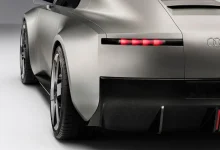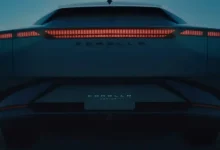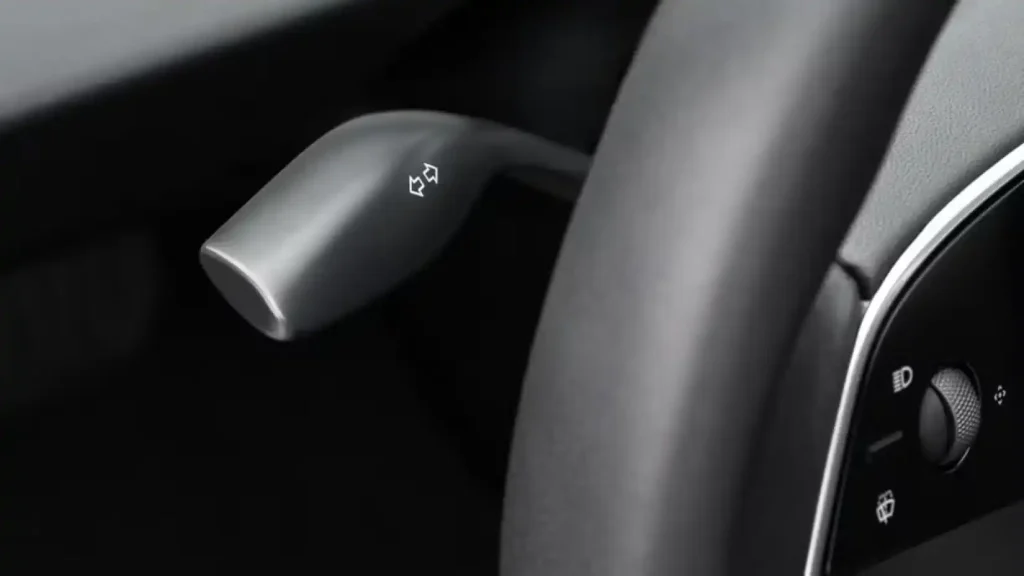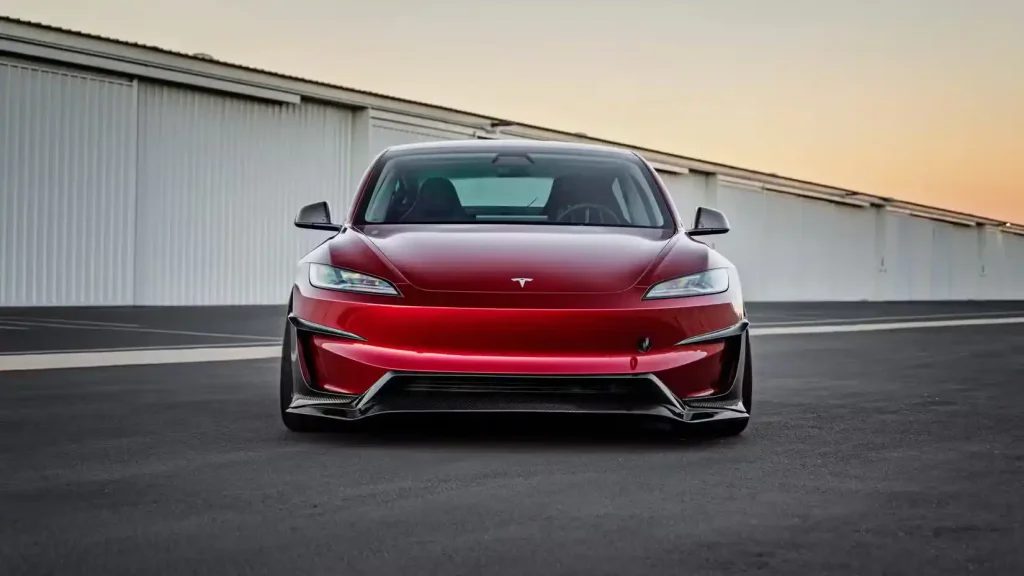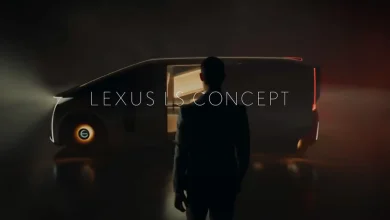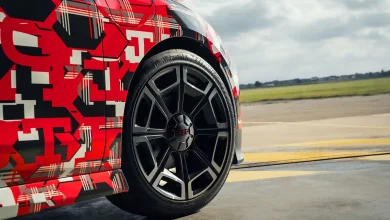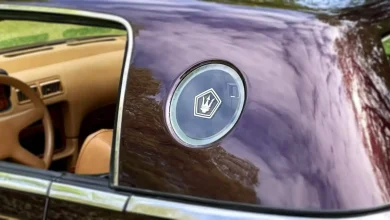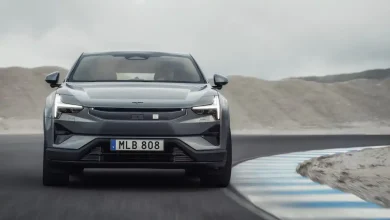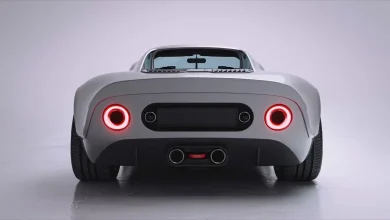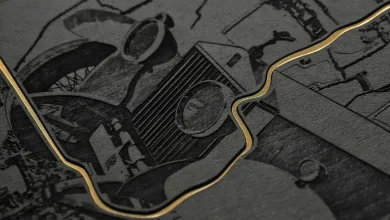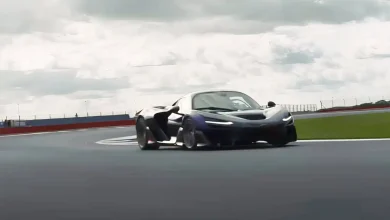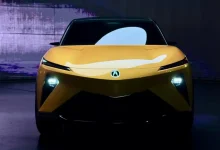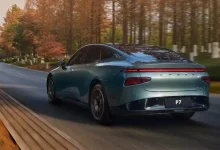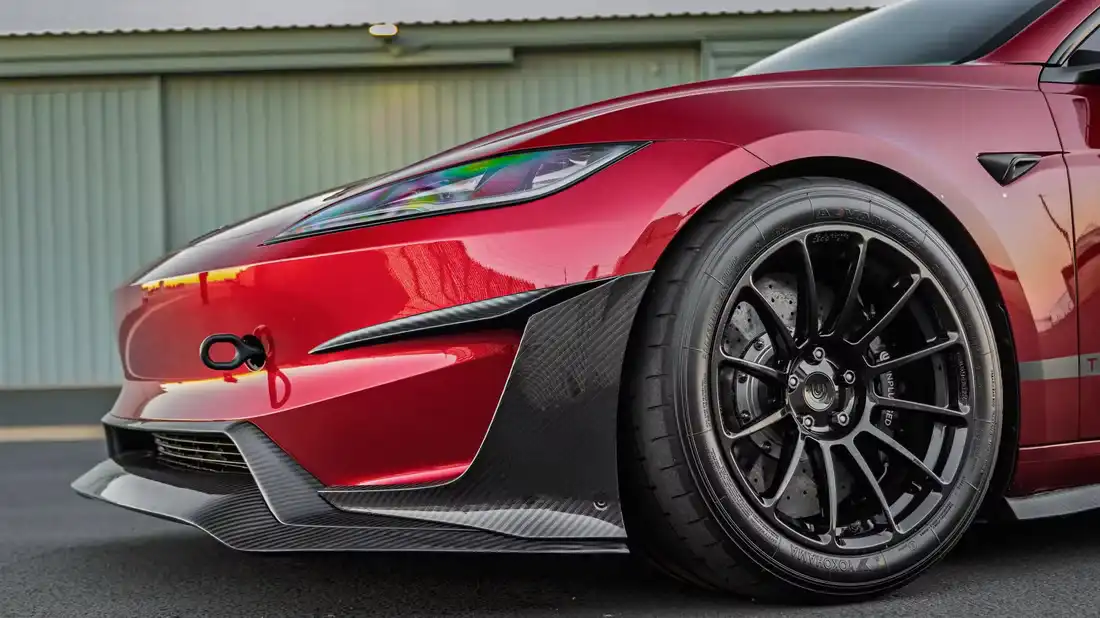
Tesla kicked off the trend of tech-focused, minimalist interiors, shifting many controls to touchscreens. This not only reduced visual clutter but also cut the cost of traditional buttons and switches. However, the approach went a step too far on the Model 3 and other models, where even basic turn signal stalks were replaced with touch controls.
With its latest refresh, Tesla has reintroduced turn signal stalks to the Model Y. Early signs now suggest that the same update could soon arrive for the Model 3.
Tesla Brings Back Turn Signal Stalks to the Model 3 in China
Tesla removed turn signal stalks from the Model 3 during the Highland refresh, but the company is now beginning to reverse that decision in China. Model 3 vehicles are once again being offered with a traditional turn signal lever. Additionally, the Chinese Tesla website lists a “Turn Signal Lever Modification” for $349, allowing owners to retrofit their cars with the classic stalk.
The service center fix installs a conventional turn signal stalk and swaps the steering wheel for a button-free version. Currently expected to roll out in mid-September, the update applies to Model 3s built on or after February 7, 2025. Tesla says owners of earlier vehicles will have the option to add turn signal stalks at a later date.
Could Tesla Reintroduce the Turn Signal Stalk to the Model Y in the U.S.?
Tesla has not provided any details or a timeline for the turn signal modification on its U.S. website. Current images still show the steering wheel with buttons, and the company has no media department available to answer questions about future offerings. However, the rollout of the update for the Model 3 in China—and the possibility of a similar change for the Model Y—indicates that the turn signal stalk could eventually make a return to U.S. models.
Why Tesla’s Removal of Turn Signal Stalks Was a Misstep
High-tech features in cars aren’t inherently bad, but their purpose should always be to make driving easier. The traditional turn signal stalk is a perfect example of simplicity and familiarity. Every driver knows where it is, it’s always in the same spot, and it can be activated without taking your eyes off the road. Using a turn signal is such a basic action that it can be done almost automatically—yes, even for BMW drivers.
Introducing tech to replace the traditional mechanical stalk only adds unnecessary complexity. Tesla shifted the turn signal function to buttons on the steering wheel, moving it away from the location drivers instinctively expect. Using these buttons also requires greater precision, which can force drivers to glance away from the road.
The debate over the turn signal highlights a core tension in Tesla’s interior design philosophy. Tesla envisions a future dominated by self-driving vehicles, where a turn signal stalk—and even a conventional round steering wheel—would be largely obsolete. But for now, humans are still behind the wheel of the Model 3, and removing the familiar stalk only makes driving more cumbersome.
